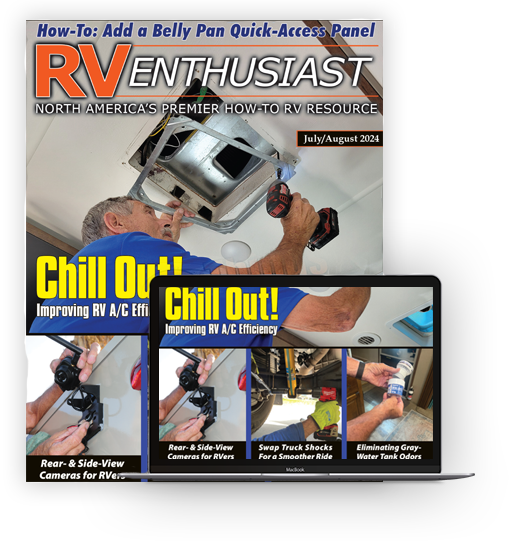Fuel for Thought: LP-gas is Quite Safe for Major RV Appliances — When Handled and Maintained Properly
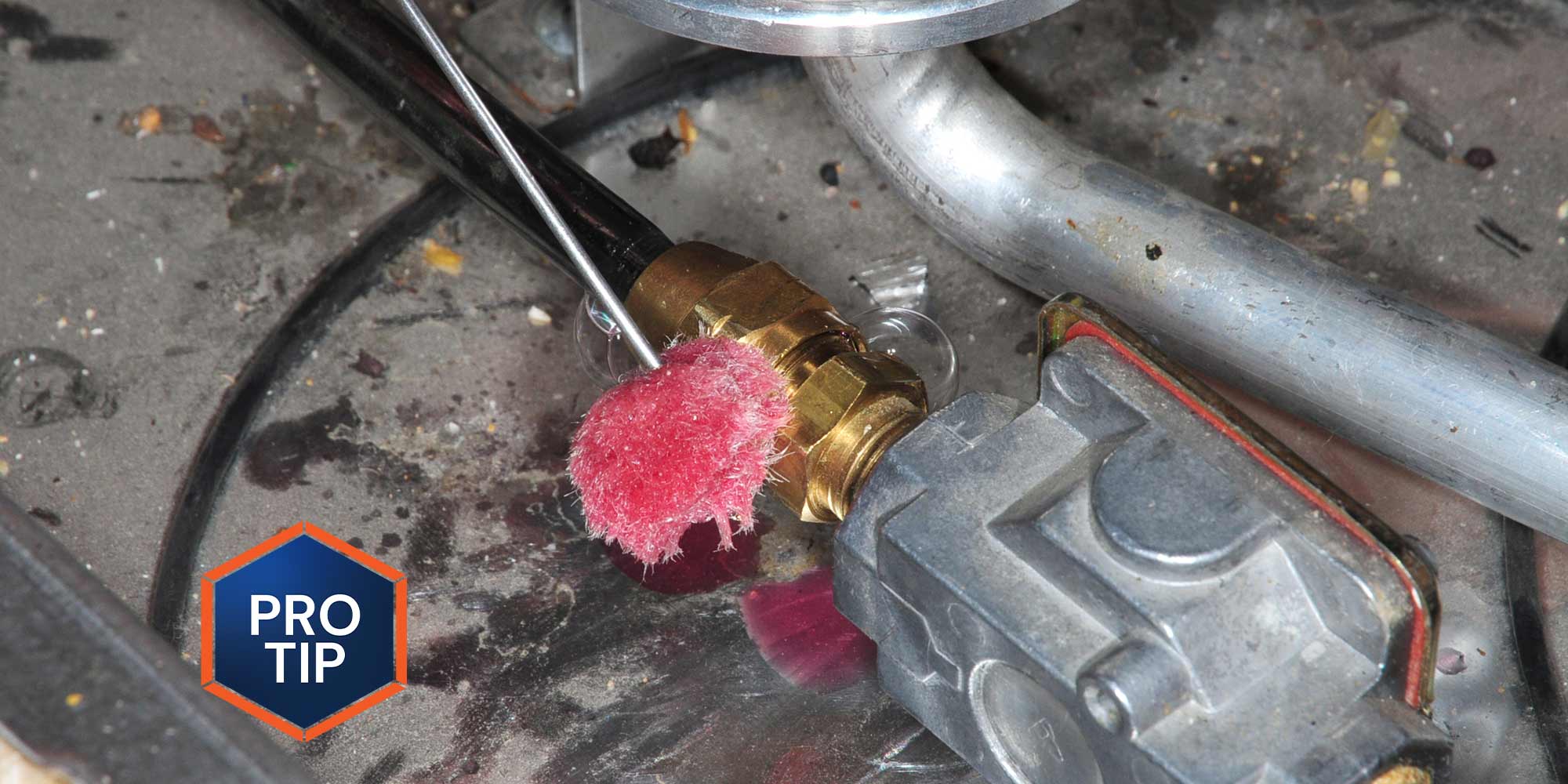
Trailers, fifth wheels and pickup campers are fitted with one or two LP-gas cylinders and connected to the system through a regulator via a Type 1 hose and Acme fitting. RVs with two cylinders will have a changeover regulator, which allows independent use of the cylinders without an interruption in LP-gas supply; these regulators should be replaced every five years. Once a hose becomes hardened — and possibly brittle — it must be replaced. Screw-on Acme fittings are permanently attached to the hose and also serve as a safety device, interrupting LP-gas flow if they are not seated properly. Fifth wheels with cylinders on opposite sides have a secondary regulator inline, which should also be replaced every five years.
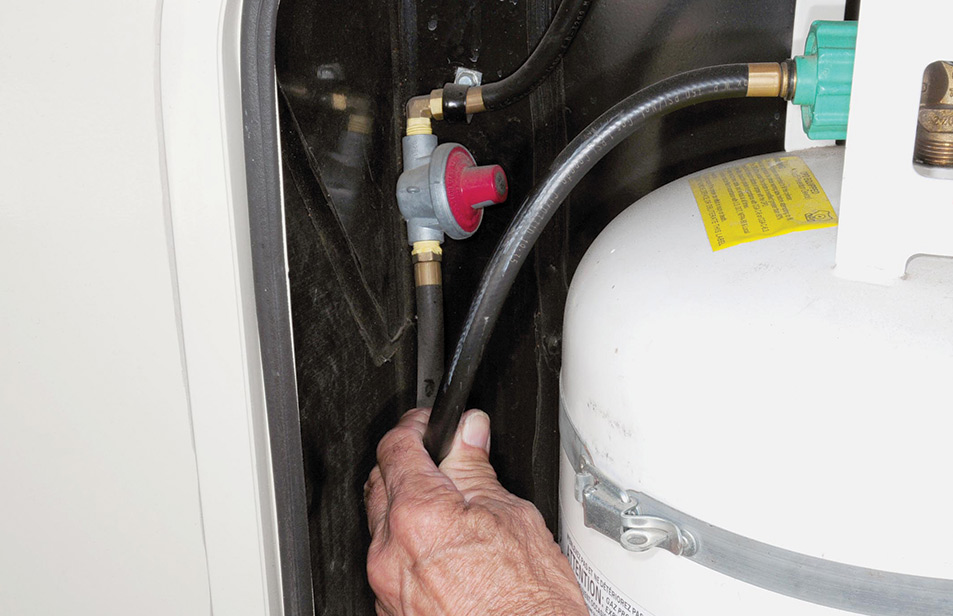
All RVs should be tested for proper pressure (11 inches water column) every year. This can be accomplished by closing the LP-gas source, connecting a manometer before the secondary regulator (reduces pressure to 10 inches water column) in the stove top and turning the gas back on. For the drop test, connect the manometer tube to the burner valve, open it, and lower pressure using another burner valve to 8 inches water column; there should be no loss of pressure during a three-minute test. Field testing for an LP-gas leak can be performed by coating all connections and fittings, including those on the regulator(s), with a commercial solution that will produce bubbles if there is a leak. Soap will also work, but make sure it is free of chemicals like alcohol; Dawn dish soap is your best bet, if commercial solution is not available.
LP-gas leaks can be volatile when mixed with air, and there are certain simple precautions that should be followed. For one, if you smell propane — it’s laced with mercaptan, which produces a foul odor when leaking — vacate the RV and close the valves on all cylinders (or tank on a motorhome) immediately. LP-gas leak detectors will give you advance warning of a leak, but if they are allowed to time out or become defective, the risk is much higher. Check the expiration date on the back of the device, which will normally allow for five years of service before becoming ineffective. Test the LP-gas detector regularly. Most will have a test button, but exposing the sensor with butane from a lighter will also work: simply blow out the flame while holding the trigger.
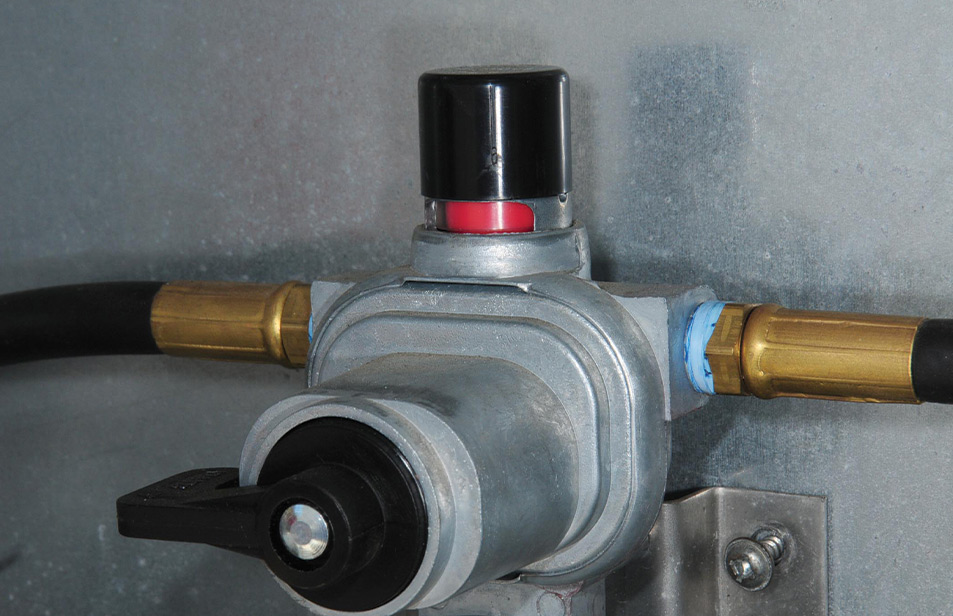
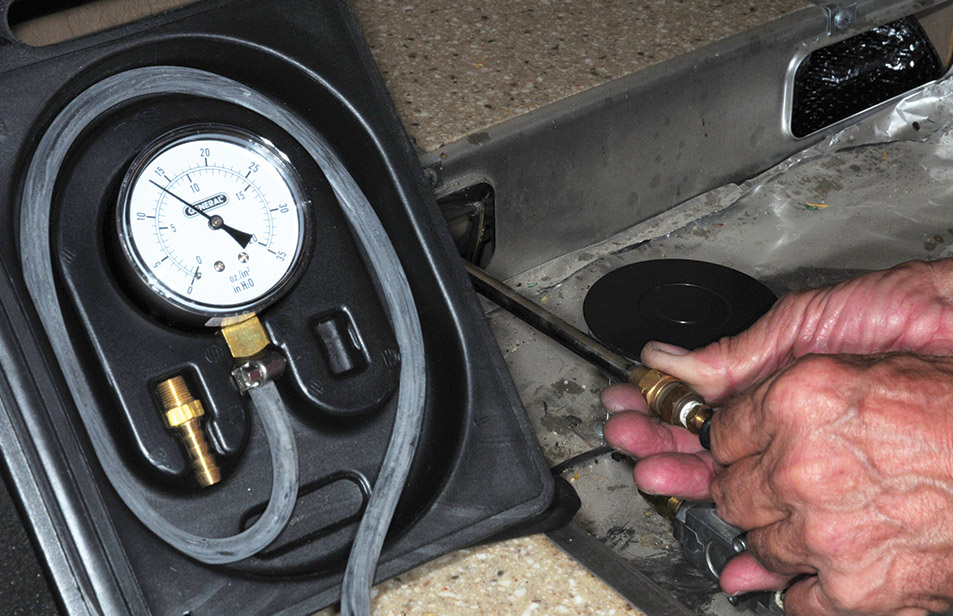
Another key safety element is being aware when refilling the cylinders or tank. Cylinders, of course, are portable, but transporting them safely requires adequate tiedowns and ventilation, and they should be kept in an upright attitude unless they have a horizontal configuration. Cylinder valves must also be capped during transport. All appliances must be turned off when entering a service station for refueling.
One last thought: Make sure the cylinders are secured to the RV properly — and keep them clean and free of rust.
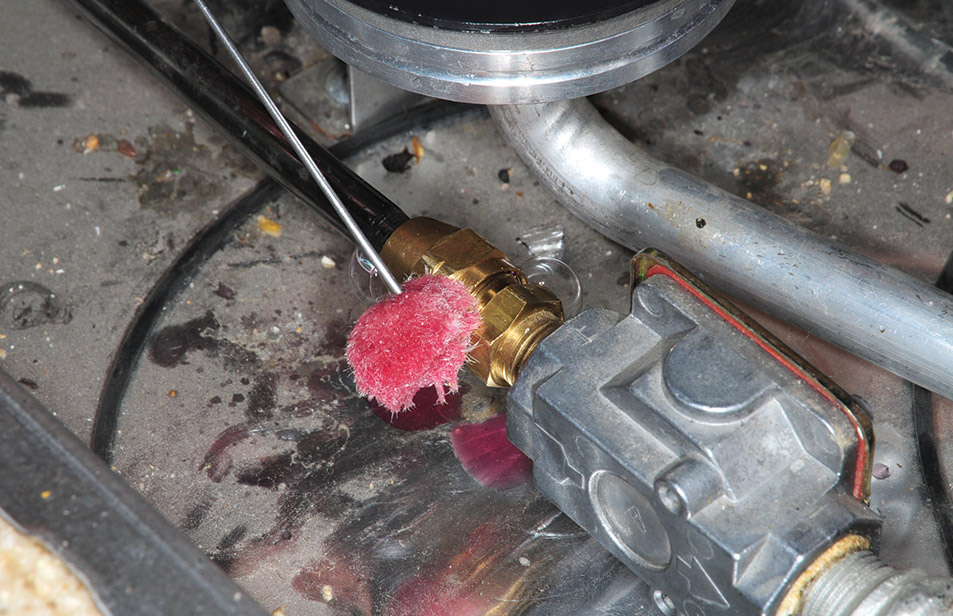
Already a Subscriber? Click here for Access to the Full Issues.

